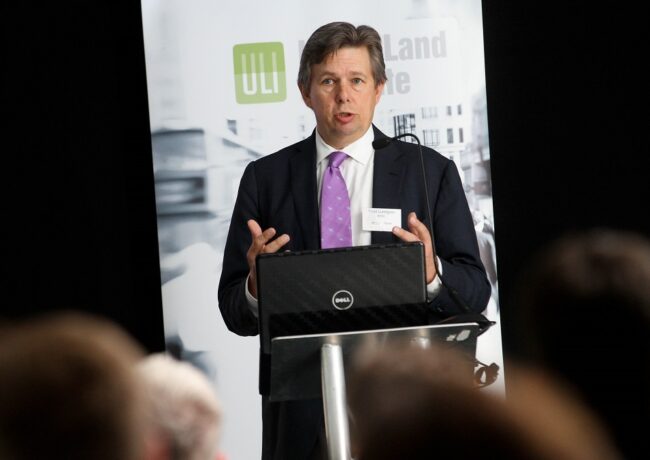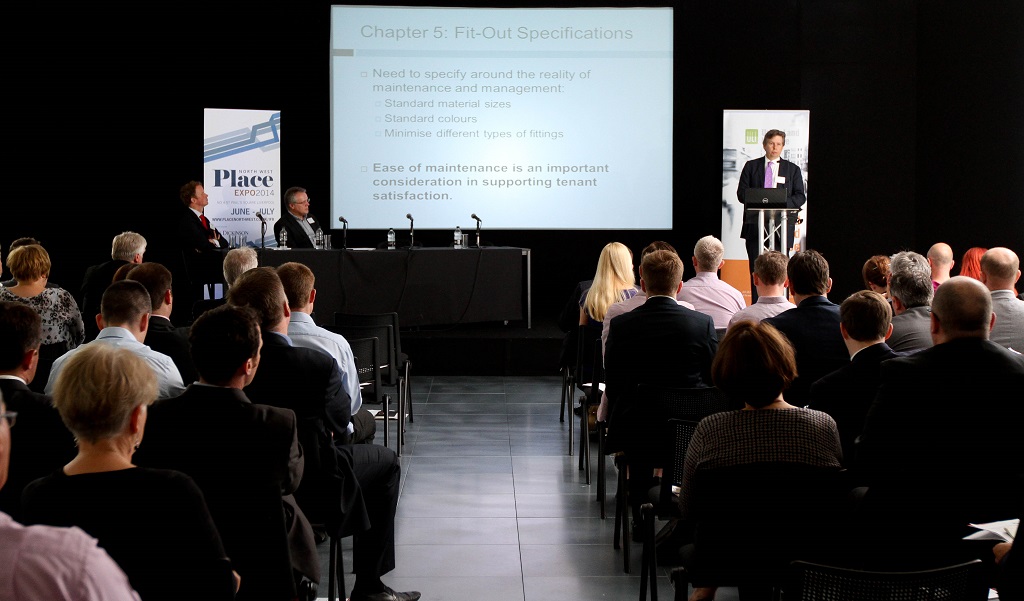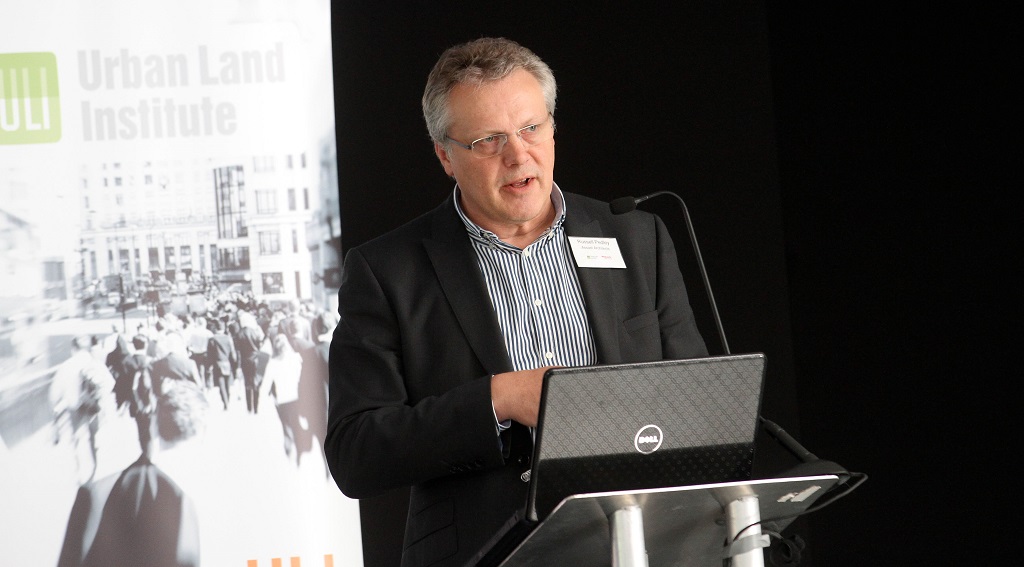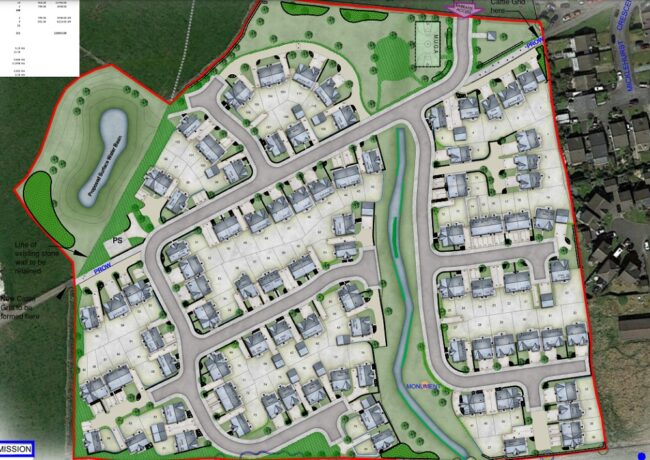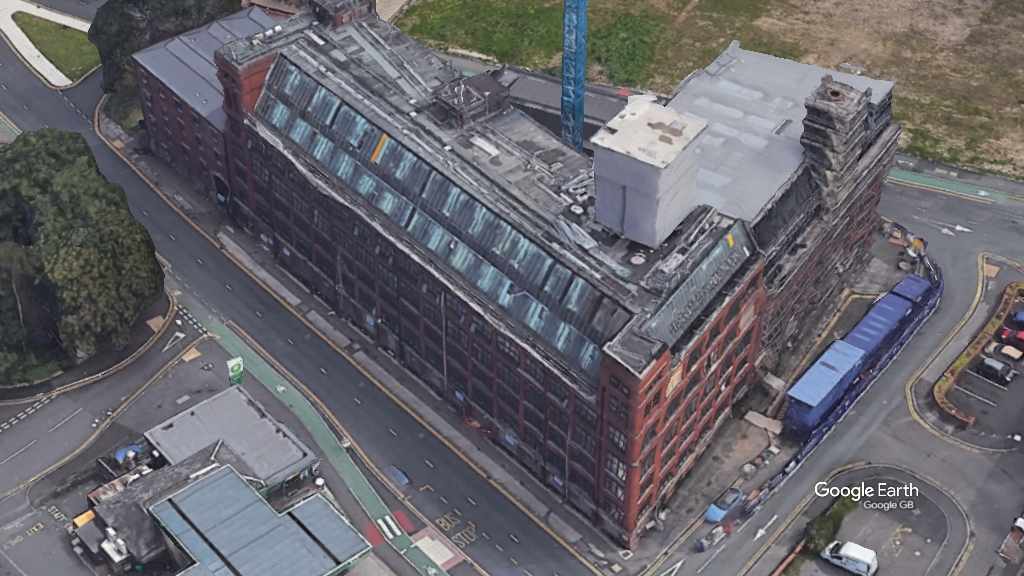ULI: Customer service and design quality must drive PRS
![]() The long-term success of the growing private rented sector will depend on quality of management and place making, according to speakers at the Best Practice for the Private Rented Sector event.
The long-term success of the growing private rented sector will depend on quality of management and place making, according to speakers at the Best Practice for the Private Rented Sector event.
The event featured a presentation from the steering group of the UK Urban Land Institute who gave an overview of their recently published Build to Rent Guide , commissioned by government.
See gallery below
Speakers included Richard Meier, partner at developer Argent and chairman of the ULI UK residential council; Todd Lundgren, executive director of RTKL; and Russell Pedley, director of Assael Architects. The speakers described the guide's contents, which aim to draw out the differences between for-sale and to-let residential models in terms of the design and build.
Best Practice for the Private Rented Sector was sponsored by law firm Winckworth Sherwood and organised by Urban Land Institute, Place North West and Active Profile. The event took place in PlaceEXPO at No 4 St Paul's Square, Liverpool during the International Festival for Business.
PRS is currently the fastest growing form of UK tenure, said Meier, yet hardly any of the 10 million people living in PRS properties are in purpose-built stock. However, the industry is waking up to the needs of the younger generation, who are no longer prioritising mortgages but instead look for manoeuvrability and experience. There is an increase in plans for large scale built to rent developments with institutional owners, rather than individual buy-to-let landlords.
"We can raise the standards of properties by virtue of having scale in PRS developments," said Meier. "There is a real opportunity here to offer people a certain attractive lifestyle."
There are opportunities for built to rent across the country, in both urban and suburban areas, with accessibility to transport, public realm and amenities driving demand. "Unlike other forms of tenure, in PRS people are able to vote with their feet," said Meier, "So we need to encourage them to stay in one location through benefits in the local area."
According to Pedley, these benefits can be built into the fabric of the property, with the developments purpose-designed to create shared amenities to encourage social interaction and the formation of communities. The focus is on driving rental values, rather than simply selling off a property, which means looking critically about how the spaces and building themselves work.
Many designs for PRS developments are now based around communal spaces, whether that's a kitchen or dining area, garden or roof terrace. The buildings can also be integrated with public realm and associated facilities that may be operating alongside the site, to ensure a sense of place.
"If residents are not engaged, and the places are not fun to live in, they will walk." Said Pedley, "It's about people feeling like they are not just renting an apartment, but an entire building."
Focusing the building design around the target audience was key, and could drive income. Ensuring equal sized bedrooms for flat-sharing, available cycle storage or allocated parking for young professionals, and easy access to local schools and engaging living spaces for families would all ensure a good return on investment.
Lundgren emphasised the importance of a quality fit-out to not only establish the right lifestyle offer but also ensure maintenance ease. With capital expenditure vs. operating expenditure a constant tension, it is better to invest in fit for purpose and standardised fittings in the early stages.
Above all, the message from ULI UK was to keep tenants happy. A high level of lettings and reliable income stream will maximise the asset value, and the building management is a key part of this, said Lundgren. This will also create the sense of community, with US statistics showing that tenants with two friends in the building are 90% likely to renew their lease.
Panellists in the debate that followed the guide run-through included Cllr Ann O'Byrne, cabinet member for housing at Liverpool City Council; Duncan Sutherland, chairman of Sigma Inpartnership; James Duncan, partner at Winckworth Sherwood; and Dominic Martin, member of the private rental sector taskforce at Department for Communities & Local Government.
According to Cllr Ann Byrne, PRS new-build in Liverpool was a race to the top in terms of standards. She described PRS as "driving the sector ahead", and outlined council activity with both housing associations and private developers to ensure PRS projects maximised on profit.
Liverpool City Council is working in a joint venture with regeneration specialist Sigma to deliver 1,000 rental homes across the city. Sigma's Sutherland stressed that there was a massive market for family homes not just apartments for young professionals. However, PRS developments were still seeing a real issue with securing institutional lending, which are nowhere near levels required to meet demand.
Although PRS doesn't throw up the same values as build-to-sell schemes, Sutherland emphasised the benefit of the schemes were they could be delivered quicker and get revenue coming in faster, and that needed to be highlighted to potential lenders.
James Duncan, partner at Winckworth Sherwood, looked at the role that housing associations had to play within the PRS landscape.
He said: "Following the publication of the Montague Review in 2011, many saw housing associations as the ones to bring private rented stock and scale to the market quickly.
"Now the tension in PRS is that housing associations are indeed bringing a large amount of stock, but only see it as a market rent extension of their normal operations. Under housing association management it is a very different product, however larger organisations are now starting to see that the quality needs to step up."
Dominic Martin of DCLG said there were five core issues currently facing the market: planning, management, data, design and valuation. He described his role on the DCLG taskforce as a "dating partner" for developments, working to fill the current gaps in the sector. With competition rising, Martin said that they were now looking for "developers providing certain components" above and beyond a more standard residential offer.
He highlighted that DCLG had £1bn available to lend for build to rent development projects.
Questions from the floor raised a number of points, and topics included the residual issues of the tax regime on build to rent projects, Liverpool City Council's current consultation on the registration of landlords, and how large PRS projects could address the affordable housing need.
Click image to launch gallery
- Todd Lundgren of RTKL
- Lundgren of RTKL takes the stand
- The Sigma team
- Russell Pedley of Assael Architecture
- Richard Meier of Argent
- Place North West editor Paul Unger chairs the panel
- PRS panel
- Delegates network after the event
- Martin Ellerby of PlaceFirst asks a question from the floor
- Partner at Winckworth Sherwood James Duncan
- Gerry Proctor of Engage Liverpool poses a question
- Duncan Sutherland of Sigma
- Dominic Martin of the DCLG private rented sector taskforce
- Coletter McCormack of Winckworth Sherwood
- Ann OByrne of Liverpool City Council


